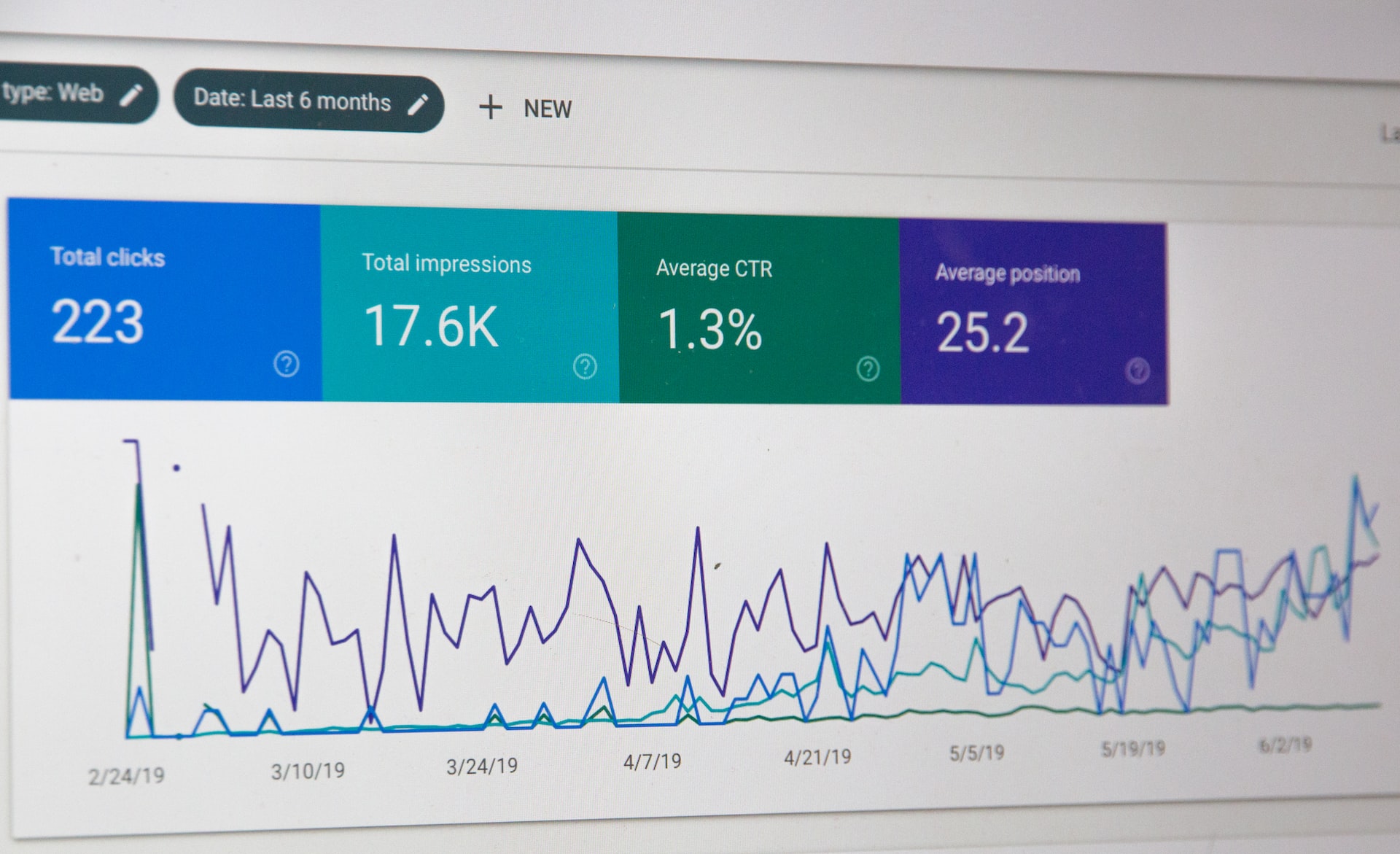Summary
What you build is important, but how you position it competitively in a crowded market is just as important. Learn about product positioning using Airbnb as a case study and how it positioned itself against century-old hotel brands.

How to Position a Product Effectively
Product positioning is a critical aspect of your company's product strategy, as it helps to determine the success or failure of your product in the market. Not only do you need to build a better product, but you also need to make sure target users know it. The product manager or product marketer often are in charge of product positioning.
In this article, we'll use Airbnb marketing as an example of effective product positioning and how it positions itself against traditional hotel chains.
Following the steps outlined below, you can learn how to position your product in the market and differentiate it from the competition.
Step 1: Identify Your Target Market
The first step in product positioning is to identify your target market. Who are the customers that you are trying to reach with your product? It's as important to state who your target market isn't. Who are the folks you're not interested in using your product?
In the case of Airbnb, their target market is travelers who are looking for alternative lodging options to traditional hotels. More specifically, they're often looking for a more localized experience.
Some tourists want to "live like a local," which is the language Airbnb uses to attract that audience to the platform. Airbnb's target market includes budget-conscious travelers and families and, more recently, business travelers looking for a unique experience.
Step 2: Analyze Your Competition
Once you have identified your target market, the next step is to analyze your competition. Who are the other market players trying to reach the same target customers as you?
In the case of Airbnb, its main competition is traditional hotel chains. To position itself against hotels, Airbnb needed to understand the strengths and weaknesses of its competition.
Hotels offer everything in one place: sleep, eat, workout, etc., all in one place. Their goal is to provide comfort to the traveler. This gives Airbnb a lot of room to communicate its own unique selling proposition.
Step 3: Define Your Unique Selling Proposition (USP)
Once you have analyzed your competition, the next step is to define your unique selling proposition (USP). What sets your product apart from the competition and makes it unique?
In the case of Airbnb, its USP is the ability to provide travelers with a unique and more personalized experience, often in unique and unusual properties that traditional hotels can't match.
Your value proposition promises what your product will do for the customer and how it will meet their needs. Airbnb's value proposition is to provide travelers with affordable and unique accommodations that offer a more local and authentic experience.
The Airbnb value proposition is to provide travelers with a way to experience the local culture and save money compared to traditional hotel accommodations.

Step 4: Communicate Your Position
Once you have defined your USP and value proposition, the next step is communicating your position to your target market. This can be done through a variety of channels, such as advertising, social media, and content marketing.
In the case of Airbnb, the company uses a mix of digital and traditional advertising to communicate its position to travelers. Through its advertising campaigns, Airbnb focuses on the unique and local experiences that travelers can have through its platform.
Product positioning can happen at the feature level too. The e-commerce platform Shopify has a built-in email marketing tool merchants can use to sell to their audience. Shopify's email marketing tool lacks many features compared to a traditional email platform like Mailchimp.
In the case of Airbnb, the company uses a mix of digital and traditional advertising to communicate its position to travelers. Through its advertising campaigns, Airbnb focuses on the unique and local experiences that travelers can have through its platform.
Product positioning can happen at the feature level too. The e-commerce platform Shopify has a built-in email marketing tool merchants can use to sell to their audience. Shopify's email marketing tool lacks many features compared to a traditional email platform like Mailchimp.
Even so, Shopify positions its email marketing as fully integrated with the rest of your e-commerce store. While lacking features, it leverages its unique position to differentiate from more robust email marketing platforms.
Step 5: Evaluate and Adjust Your Position
The final step in product positioning is to continually evaluate and adjust your position based on feedback from your target market. This feedback can come from various sources, including customer surveys, focus groups, online reviews, and user data.
In the case of Airbnb, the company continually collects feedback from travelers to ensure it meets their needs and expectations. Based on this feedback, Airbnb can adjust its position and marketing efforts to ensure that it continues to meet the needs of its target market.
In the case of Airbnb, the company continually collects feedback from travelers to ensure it meets their needs and expectations. Based on this feedback, Airbnb can adjust its position and marketing efforts to ensure that it continues to meet the needs of its target market.
Final Thoughts
By understanding how to position a product effectively, you can create a strong and lasting impression in the minds of your target customers.
Remember, product positioning is not a one-time effort but a continuous process that requires ongoing attention and adaptation to changing market conditions and customer needs.
By following the steps outlined in this article, you can position your product for success and differentiate it from the competition.
Furthermore, Maven's online classes can help individuals gain valuable insights on successful product positioning to improve their own product positioning skills.
Remember, product positioning is not a one-time effort but a continuous process that requires ongoing attention and adaptation to changing market conditions and customer needs.
By following the steps outlined in this article, you can position your product for success and differentiate it from the competition.
Furthermore, Maven's online classes can help individuals gain valuable insights on successful product positioning to improve their own product positioning skills.
Related Courses
Design Job Search: Strategy & Tactics
Target the right companies, write unforgettable case studies, & build a portfolio that can't be ignored.
Building a Purpose-Led Brand in the Age of AI
In an era defined by automation, noise, and algorithmic influence, your story is your strongest signal - learn how to lead with it.
The Influential PM: Build Strategy, Win Stakeholders, Lead with Impact
Stop executing others' roadmaps. Build strategy executives fund, speak the language of business, and win stakeholder buy-in.
Influential Research: How to Influence Product Decisions with Research
Learn to collect evidence like a detective, build your case like a trial attorney, and present it with a news anchor's confidence.
You might also like

Product Growth: Getting Your Product’s First 1,000 Users

Growth Marketing: The 2023 Definitive Guide

The Product Virality Playbook: Key Components for Exponential Growth

